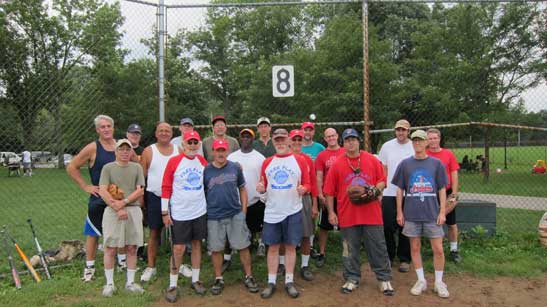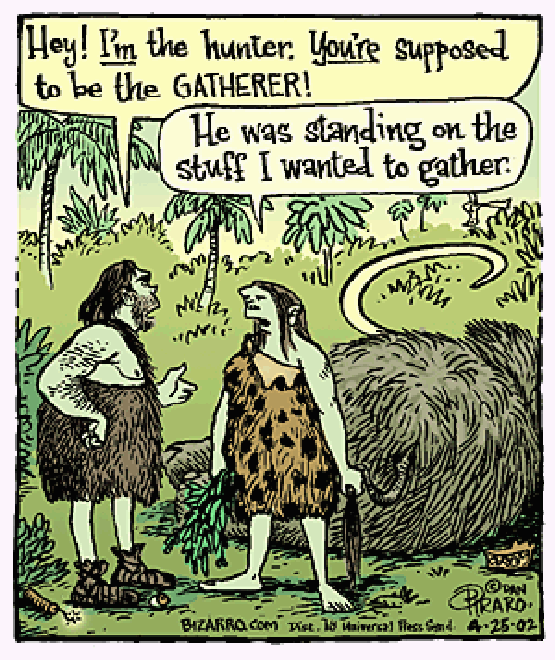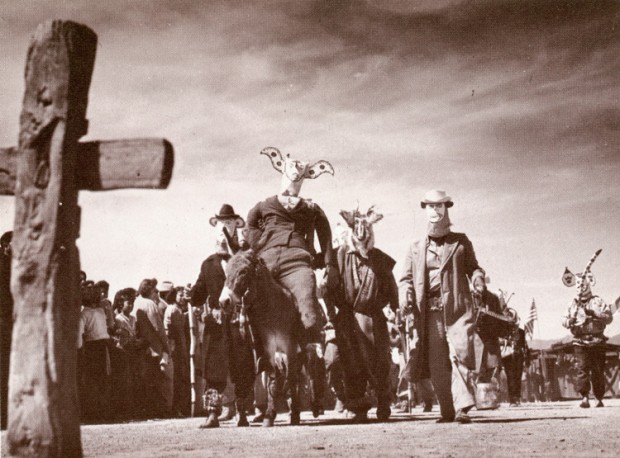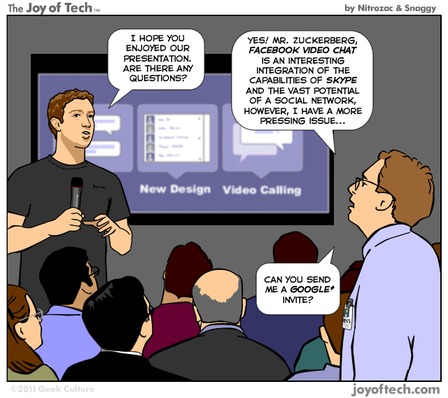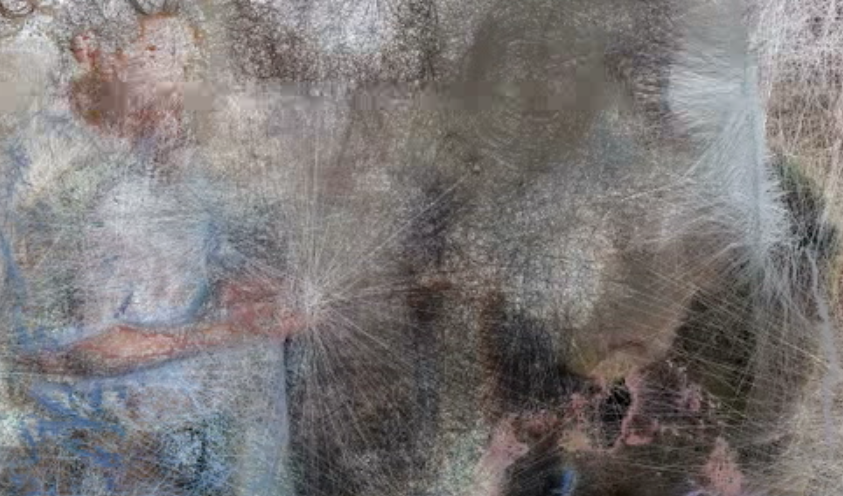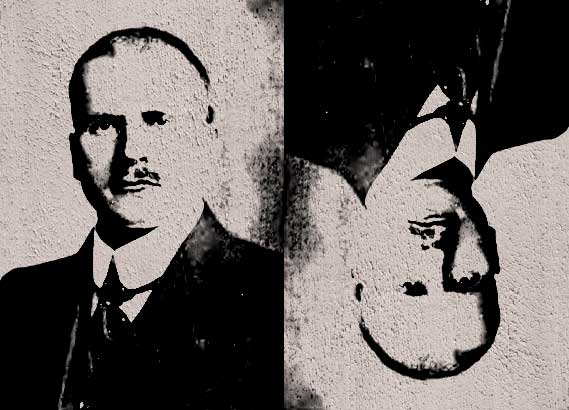
How to hold the tension of the opposites?
Following from the everyday experience of conflict, or dissonance, or intense ambivalence, Carl Jung doesn’t treat experiential matters like this often. The basic reason is a little bit below the surface of this typical statement from Aion,
“Most people do not have sufficient range of consciousness to become aware of the opposites inherent in human nature. The tensions they generate remain for the most part unconscious, but can appear in dreams.”
With this statement, we’re no longer in the realm of the everyday sundry betwixt and betweens.
The core opposition in Analytic Psychcology is consciousness/unconsciousness. To ask ‘how to hold the tension of opposites’ strikes me as a modern request for a “self-helpful” instrumental technique, as against the energetic, (what for me is a libido or hydraulic,) model given in the classical version, and in Jung’s understanding, of the psyche. In this latter model, the problem is extant in an energized intrapsychic field of energy. This field is the territorial locus for the complex compression given in the intrapsychic confrontation between the known, nascent self-knowledge, and, the unknowable.
Although Dr. Jung does not use the term tension of the opposites much, and does not offer any ‘self-help’ on the ‘how,’ there are several detailed treatments scattered in his writings.
First, Two Essays In Analytic Psychology, (CW 7; 4th ed. 1966) is much about the opposites.
This example clearly shows that it does not lie in our power to transfer “disposable” energy at will to a rationally chosen object. The same is true in general of the apparently disposable energy which is disengaged when we have destroyed its unserviceable forms through the corrosive of reductive analysis. This energy, as we have said, can at best be applied voluntarily for only a short time. But in most cases it refuses to seize hold, for any length of time, of the possibilities rationally presented to it. Psychic energy is a very fastidious thing which insists on fulfilment of its own conditions. However much energy may be present, we cannot make it serviceable until we have succeeded in finding the right gradient.
This question of the gradient is an eminently practical problem which crops up in most analyses. For instance, when in a favourable case the disposable energy, the so-called libido, does seize hold of a rational object, we think we have brought about the transformation through conscious exertion of the will. But in that we are deluded, because even the most strenuous exertions would not have sufficed had there not been present at the same time a gradient in that direction. How important the gradient is can be seen in cases when, despite the most desperate exertions, and despite the fact that the object chosen or the form desired impresses everybody with its reasonableness, the transformation still refuses to take place, and all that happens is a new repression.
It has become abundantly clear to me that life can flow forward only along the path of the gradient. But there is no energy unless there is a tension of opposites; hence it is necessary to discover the opposite to the attitude of the conscious mind. It is interesting to see how this compensation by opposites also plays its part in the historical theories of neurosis: Freud’s theory espoused Eros, Adler’s the will to power. Logically, the opposite of love is hate, and of Eros, Phobos (fear); but psychologically it is the will to power. Where love reigns, there is no will to power; and where the will to power is paramount, love is lacking. The one is but the shadow of the other: the man who adopts the standpoint of Eros finds his compensatory opposite in the will to power, and that of the man who puts the accent on power is Eros. Seen from the one-sided point of view of the conscious attitude, the shadow is an inferior component of the personality and is consequently repressed through intensive resistance. But the repressed content must be made conscious so as to produce a tension of opposites, without which no forward movement is possible. The conscious mind is on top, the shadow underneath, and just as high always longs for low and hot for cold, so all consciousness, perhaps without being aware of it, seeks its unconscious opposite, lacking which it is doomed to stagnation, congestion, and ossification. Life is born only of the spark of opposites. (L76-78)
The tension of the opposites, in being sparked, is unbidden. In the classical view, it is not subject to the ‘how’ given by our modern self-help view. Thus, to be in the psychological problem so sparked is to be in a situation for which a fruitful appeal may be made to an analytic relationship–through which the working creatively or waiting creatively through the (variously) phantasy/symbolic/dream/actively imagined material, is the means of holding material energized in the ineluctable terms of this gradient.
The problem of opposites, as an inherent principle of human nature, forms a further stage in our process of realization. As a rule it is one of the problems of maturity. The practical treatment of a patient will hardly ever begin with this problem, especially not in the case of young people. The neuroses of the young generally come from a collision between the forces of reality and an inadequate, infantile attitude, which from the causal point of view is characterized by an abnormal dependence on the real or imaginary parents, and from the teleological point of view by unrealizable fictions, plans, and aspirations.
Elsewhere Jung states “the opposites condition each other.” The youthful conditioning movement (or energetics, libido,) settles out the persona, distills the egoic first person, and, next may confront the repression of the Shadow.
Here the reductive methods of Freud and Adler are entirely in place. But there are many neuroses which either appear only at maturity or else deteriorate to such a degree that the patients become incapable of work. Naturally one can point out in these cases that an unusual dependence on the parents existed even in youth, and that all kinds of infantile illusions were present; but all that did not prevent them from taking up a profession, from practicing it successfully, from keeping up a marriage of sorts until that moment in riper years when the previous attitude suddenly failed. In such cases it is of little help to make them conscious of their childhood fantasies, dependence on the parents, etc., although this is a necessary part of the procedure and often has a not unfavourable result. But the real therapy only begins when the patient sees that it is no longer father and mother who are standing in his way, but himself-i.e., an unconscious part of his personality which carries on the role of father and mother. Even this realization, helpful as it is, is still negative; it simply says, “I realize that it is not father and mother who are against me, but I myself.” But who is it/in him that is against him? What is this mysterious part of his personality that hides under the father and mother-imagos, making him believe for years that the cause of his trouble must somehow have got into him from outside? This part is the counterpart of his conscious attitude, and it will leave him no peace and will continue to plague him until it has been accepted.
Acceptance.
What youth found and must find outside, the man of life’s afternoon must find within himself. Here we face new problems which often cause the doctor no light headache.
The transition from morning to afternoon means a revaluation of the earlier values. There comes the urgent need to appreciate the value of the opposite of our former ideals, to perceive the error in our former convictions, to recognize the untruth in our former truth, and to feel how much antagonism and even hatred lay in what, until now, had passed for love. Not a few of those who are drawn into the conflict of opposites jettison everything that had previously seemed to them good and worth striving for; they try to live in complete opposition to their former ego. Changes of profession, divorces, religious convulsions, apostasies of every description, are the symptoms of this swing over to the opposite. The snag about a radical conversion into one’s opposite is that one’s former life suffers repression and thus produces just as unbalanced a state as existed before, when the counterparts of the conscious virtues and values were still repressed and unconscious. Just as before, perhaps, neurotic disorders arose because the opposing fantasies were unconscious, so now other disorders arise through the repression of former idols. It is of course a fundamental mistake to imagine that when we see the non-value in a value or the untruth in a truth, the value or the truth ceases to exist. It has only become relative. Everything human is relative, because everything rests on an inner polarity; for everything is a phenomenon of energy. Energy necessarily depends on a pre-existing polarity, without which there could be no energy. There must always be high and low, hot and cold, ete., so that the equilibrating process–which is energy–can take place. Therefore the tendency to deny all previous values in favour of their opposites is just as much of an exaggeration as the earlier one-sidedness. And in so far as it is a question of rejecting universally accepted and indubitable values, the result is a fatal loss. One who acts in this way empties himself out with his values, as Nietzsche has already said. (214-215)
Acceptance and recognition, and, in that order. Again, there is not in the classic perspective any explicit ‘self-help’ advice. Holding is how, and this may mean allowing for the problem to stay, for it to be sticky and to be stuck to it. The underlying energetic circumstance demands the ego with its charge, or libido, to appropriate more than enough consciousness to enter into relation/relatedness with the charged opposite, accept, recognize, and, equilibrate at a higher key.
Because the classic and ensuing revisions of the model of the psyche of Analytic Psychology is problematic in light of modern psychology, in backing away in the direction of common situations of psychological conflict, be these the stuckedness given by conflicts of emotion, cognition, aspiration, it is easy enough for me, grounded in models of adult learning, to comprehend the similarity to how change comes about in experiential learning, where the phase of resolution describes our effectiveness in either adapting our self to the circumstance, or, altering the external circumstance to our self.
***
Numerous teaching stories, the koan, and aphorisms that drill right to the tense middle. My favorite is an aphorism of Rumi.
What is essential is not important,
what is important is not essential.
There is no way to penetrate this aphorism’s value without feeling and experiencing the tension between essential and important.
When Shams, Rumi’s mentor and beloved, was killed, for Rumi, Shams was gone only in one respect. In the working through the opposite between lover and disappeared beloved, his mature mystic outlook was evoked; love in this case growing despite the profoundly frustrating loss of the beloved’s incarnate being. (And, so Rumi’s mysticism offers a yoga of the opposites, of loss and recognition.)
My own experience is that holding the tensions is an everyday opportunity. Anytime we sacrifice our weak or strong preference, we’re “there” holding for a moment the tension of the opposites. Sometimes it can be helpful to understand what the experience is like by working back from the one-sided beginning or ending. The answer, nevertheless, is given by feeling through the experience–or at least this is my suggestion here.
Putting acceptance before recognition is a subtle insight. This means that the first move in the direction of both greater consciousness and toward distant resolution is to accept the intense frustration, and do this for the sake of being able to then accept the weak formations one may apprehend at the very start. Later, when something like clarity is born in a process of creative working/waiting through the tension of the opposites, the hint of resolution comes to become persistent enough to recognize, and, this recognition comes to comprise a foundation for a new attitude.

